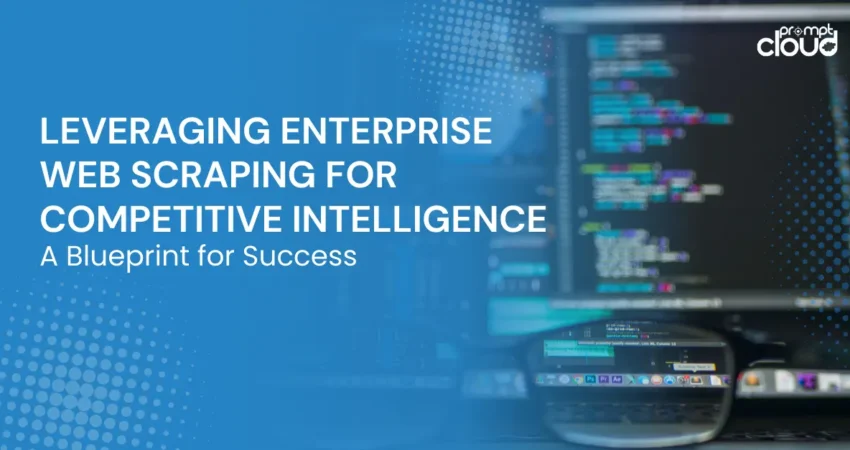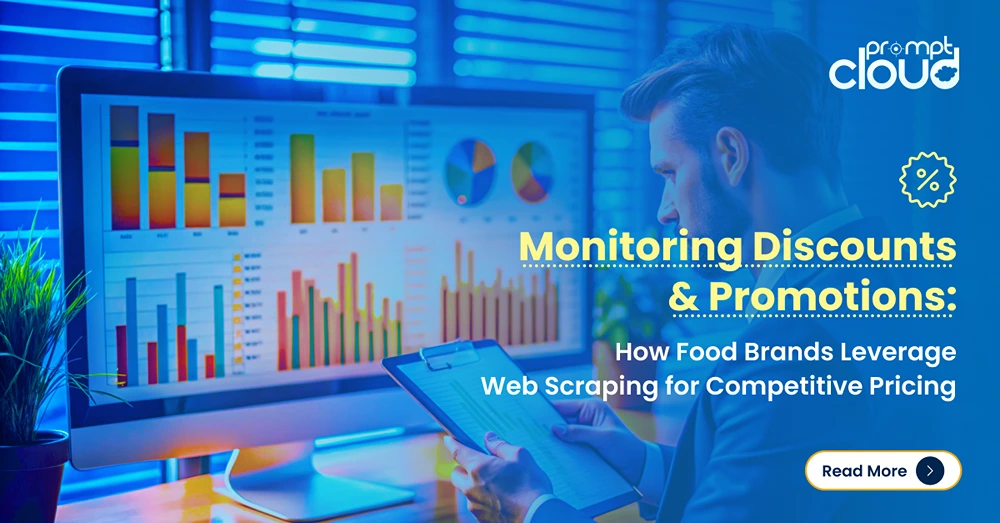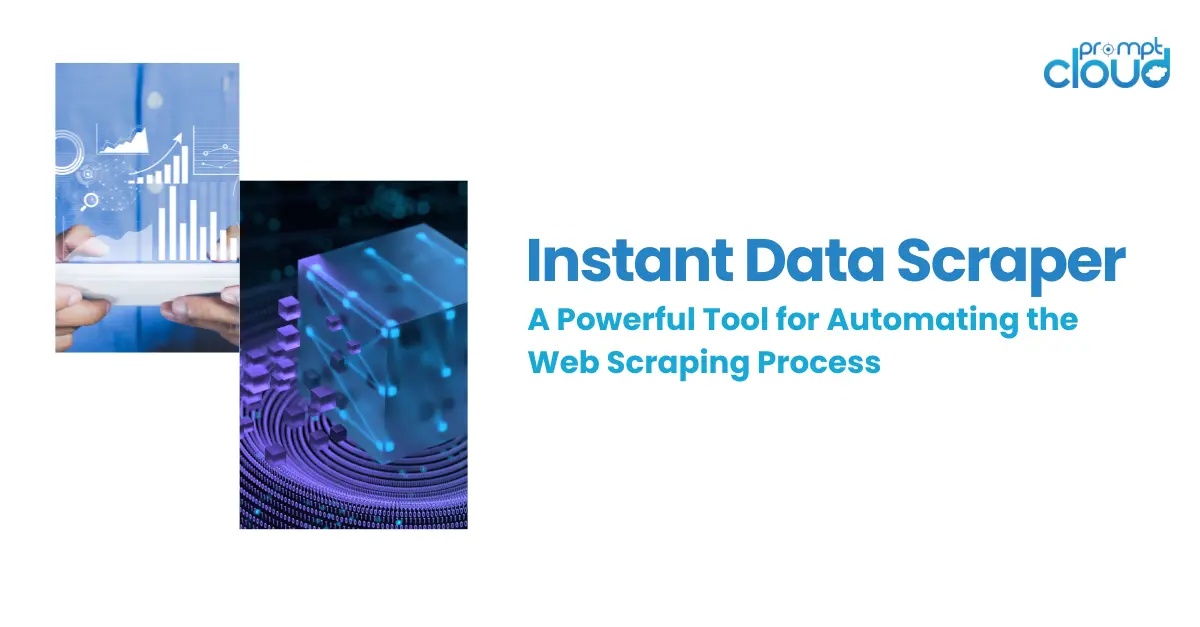
Today, staying profitable requires real-time information about your industry, market trends, and competitors.
One effective way to gather such insights is through enterprise web scraping, a powerful tool that enables organizations to extract valuable data from publicly available websites, social media platforms, and other online sources.
Let’s explore how you can leverage enterprise web scraping for competitive intelligence and look at a blueprint for success.
Why Web Scraping for Competitive Intelligence?
Traditional methods of gathering competitive intelligence, such as surveys, focus groups, and customer feedback, are time-consuming and often provide limited insights. Web scraping, on the other hand, allows you to tap into a vast array of publicly available data sources, including news articles, blogs, forums, and social media platforms. By leveraging this data, you can gain valuable insights into your competitor’s strategies, products, pricing, and customer sentiment, among others.

Image Source: Avi Networks
Moreover, web scraping provides a cost-effective alternative to traditional research methods, which can be expensive and resource-intensive. With the right tools and techniques, you can automate the process of data collection, analysis, and reporting, enabling you to make informed decisions quickly and efficiently.
A Blueprint for Successful Enterprise Web Scraping
To ensure the successful implementation of enterprise web scraping for competitive intelligence, follow these steps:
- Define Your Objectives: Clearly outline what you want to achieve through web scraping. Identify specific areas of interest, such as competitor pricing, product offerings, or customer sentiment, and establish key performance indicators (KPIs) to measure success.
- Choose the Right Tools: Select a robust web scraping platform that meets your organization’s needs. Consider factors like scalability, ease of use, data processing capabilities, and customization options. Some popular choices include PromptCloud, Apify, Scrapy, and Beautiful Soup.
- Develop a Data Collection Strategy: Determine which websites and data sources to target based on your objectives. Create a plan for collecting and storing data, considering aspects like frequency, volume, and format. Use techniques like CSS selectors, XPath, or regular expressions to extract relevant data elements.
- Handle Anti-Scraping Measures: Many websites employ anti-scraping measures, such as CAPTCHAs, rate limiting, or IP blocking. Utilize techniques like rotating proxies, user agents, and randomized delays to evade detection and avoid being blocked.

Image Source: Scrapingdog
- Process and Analyze Data: Once you have collected the data, cleanse, transform, and analyze it using tools like Pandas, NumPy, or SQL databases. Apply statistical models, machine learning algorithms, or text analytics to extract meaningful insights and visualize the results.
- Integrate with Existing Systems: Seamlessly integrate the web scraped data with your existing systems, such as CRM, ERP, or BI tools. This integration enables you to leverage the extracted insights in conjunction with your internal data, providing a comprehensive view of your competitive landscape.
- Monitor and Refine: Continuously monitor your web scraping operations, ensuring they run smoothly and efficiently. Regularly review and refine your strategy, incorporating new data sources, adjusting extraction techniques, and updating your tools and technologies as needed.
- Maintain Ethical Standards: Always adhere to ethical guidelines when conducting web scraping activities. Respect website terms of service, avoid disrupting website functionality and protect personal information. Adherence to ethical standards maintains trust and minimizes legal risks.
- Foster Collaboration: Encourage collaboration between different departments, such as marketing, sales, and R&D, to maximize the value derived from the scraped data. Share insights and findings across teams to drive better decision-making and foster a culture of data-driven innovation.
If you would like to know more about our custom web scraping solutions, schedule a demo with us today and join over 1800 enterprises who have chosen our solution.



















